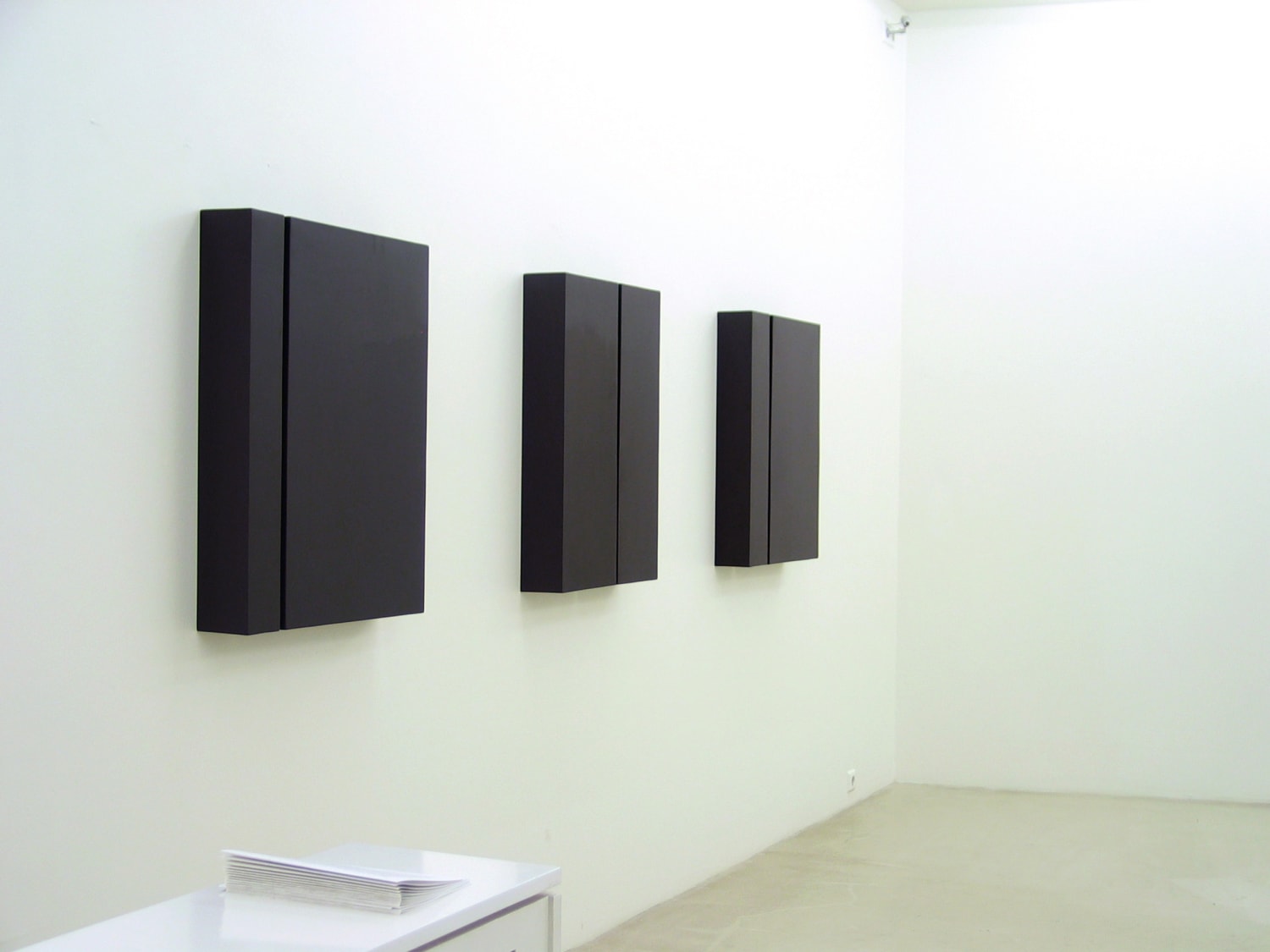FINNBOGI PÉTURSSON
A Wandering Mind
„Dabbling has led to all sorts of things,“ says visual artist Finnbogi Pétursson. A a boy, he spent hours examining the interiors of various electrical appliances, which the curious child had pried open. At the age or nine, he performed a very effective experiment when he connected an adapter to an amplifier. As a result, he recieved a powerful electric jolt and a deep, delicate and yet aggressive sound emitted from the amplifier.
„Over the years, I have discovered that this tone, which seared itself into me when this happened, has in fact hovered over me ever since, in a sound wave of about fifty herz. I´m not going to claim that this is a direct result of my experience with the adapter, but it is related to this occasion because I don´t really distinguish between what I was doing then and what I work on today. It´s all just a lot of dabbling, but maybe it ´ll get more defined and scientific as the years pass.“
„During my student years, I never felt quite sure that people in general could be open-minded enough to be able to see what I was working on as something other that music, whereas I didn´t categorize it as music at all.“ Finnbogi tells me he used to listen to some of the avantgarde composers, such as Steve Reich and John Cage. „To me, their work sounded more like patterns of sound than music and it seemed to me more like material that music.“ A similar way of thinking fuelled the happening group Bruni BB, with whom Finnbogi was a guitarist, among other things. The group felt that music was above all material from which they could create another kind of art.
„My study years were a series of rather vague experiments, everything from rock´n´roll tol taping nature sounds. When I went to Holland for further study, I felt the need to sense the sounds I was working with more clearly, and that was when I started connecting it more strongly to various types of machines.” During his stay in Holland, and in the period following his stay there, Finnbogi began developing different kinds of installations and sculptures, which he most often shaped around or out of the sound he was working on at any given time. „This involved a kind of a seach for the merging of sound and visual arts,“ Finnbogi explains.
He soon began developing the so-called soundschetches, drawings made of sound waves which emerge from the mind of the listener. To do this, Finnbogi uses the so-called noise-sound, which contains all the frequencies, a sound which is both easily moulded and which the mind can trace without resistance.
I have never considered myself a sound-artist, but rather a visual artist with a great interest in sound,” Finnbogi says. „I have always attempted to approach sound in a material way, so that I can grab it, mould it and exhibit it in some way!
In recent years, Finnbogi has used water as material for his soundscetches, in which he directs sound waves into water, making them visible on the surface. For this, he uses what he calls intermediate waves, which are created by pushing two sound waves of different strength agains one another. „This is the only feasible way to make one herz audible. I might, for example, run a forty herz wave aganst a forty-one herz wave, and when they collide, the waves nullify each other so that we are left with one herz.“ When this takes place in water, the intermediate waves create various patterns on the surface. The water is then lit through and the light projected unto a wall, so the ripples on the surface become visible as they move according to the soundwaves. Finnbogi´s works “Circle” and “Sphere” are based on this method and he contiunes along this vein in the i8 exhibition. „With „Sphere“, I´m giving a frontal image of the sound wave, but at this i8 show, I´m exhibiting the wave´s outer edges by cutting the wave in two.“ Instead of projecting light through the bottom of the bowl and upwards, as in “Sphere”, he directs the light through the surface. He then projects the edge of the soundwave upp towards the wall in straight lines. „These works deal with consciousness,“ Finnbogi says, and the show on the wall is meant to reflect the different stages of consciousness by directing a frequency through the water which is similar to the frequency the brain operates on various levels of consciousness.. „While we are having this little talk, we are operating at roughly fifteen to twenty herz, or even higher. We can´t go below zero herz, because below that there´s death – the next stage of existence. Thus, we wander between two worlds from dawn till dusk, the world we live in and the world of dreams, even if we are not always aware of this wandering. Sometimes, you have been driving for some distance, and suddenly you realise that you are at a red light somewhere and have no idea how you got there. This is the first stage of hypnosis. The body uses it on itself several times a day to tune out for a moment. What I am most of all trying to demonstrate with this work is the consciousness as it wanders in this way, between the tangible world and the dreamworld..“
Out of dabbling, a tone emerges, the tone becomes an installation or a sculpture, which in turn sparks a new idea and yet another installation, and it all culminates in an art work about the consciousness at Gallery i8.

